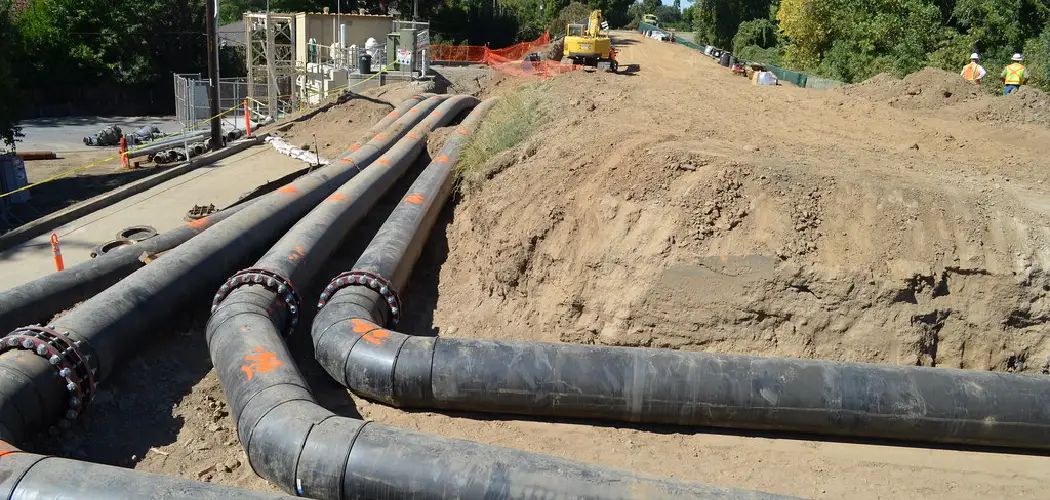When faced with a power outage or a malfunctioning sump pump, it is crucial to understand how to drain sump pump without electricity. The need to drain a sump pump arises from the potential for flooding and water damage in basements or low-lying areas. If water is allowed to accumulate, it can lead to significant structural issues and costly repairs. Therefore, promptly addressing this situation is paramount.
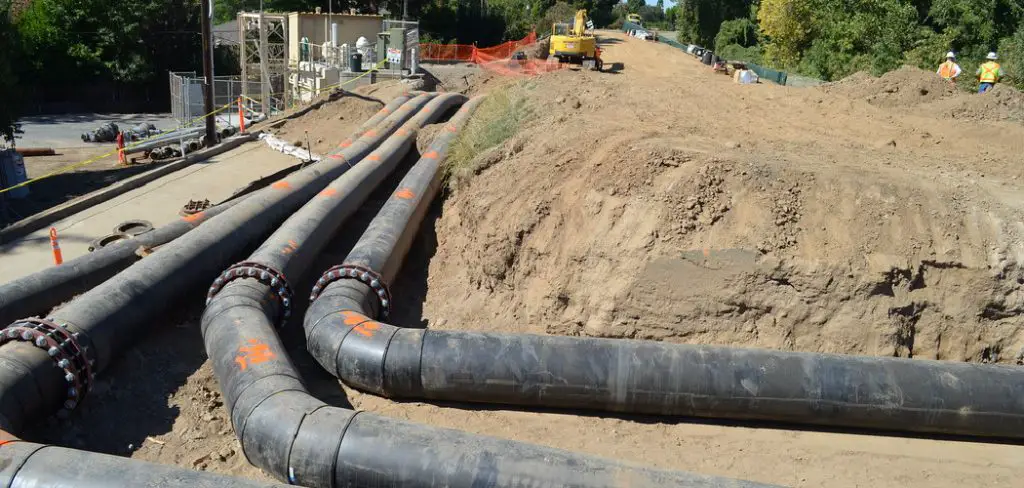
This article will explore various methods and tools available for draining a sump pump without relying on electrical power. From manual removal techniques to alternative solutions like battery backups and generators, readers will gain valuable insights into effective water removal strategies. Being prepared and knowledgeable can make all the difference in protecting your home during unexpected outages.
Assessing the Situation
Identify the Problem
Before attempting any drainage methods, it is essential to identify the root cause of the sump pump’s inoperability. First, check if there is a power outage affecting your home. If power is available, the issue may lie with the pump itself, indicating a malfunction. Next, inspect the water level in the sump pit; knowing the depth will help determine the urgency and the volume of water that needs to be removed. This assessment will inform which method is most appropriate for draining the sump.
Safety Precautions
Prioritizing safety is critical when dealing with a sump pump and potential flooding. Before beginning any manual drainage process, ensure that the area around the sump pump is dry and free of any electrical hazards. Wet surfaces can lead to dangerous situations, especially if electrical equipment is present.
Additionally, it is advisable to wear protective gear, such as waterproof gloves and boots, as this will shield you from direct contact with potentially contaminated water that may be present in the sump pit. Taking these precautions can help ensure a safe and effective water removal process.
How to Drain Sump Pump without Electricity: Manual Water Removal Methods
When electricity is unavailable, manually removing water from a sump pit can be an essential skill. Below are three effective methods for draining a sump pump without electrical power, including detailed instructions and tips for each method.
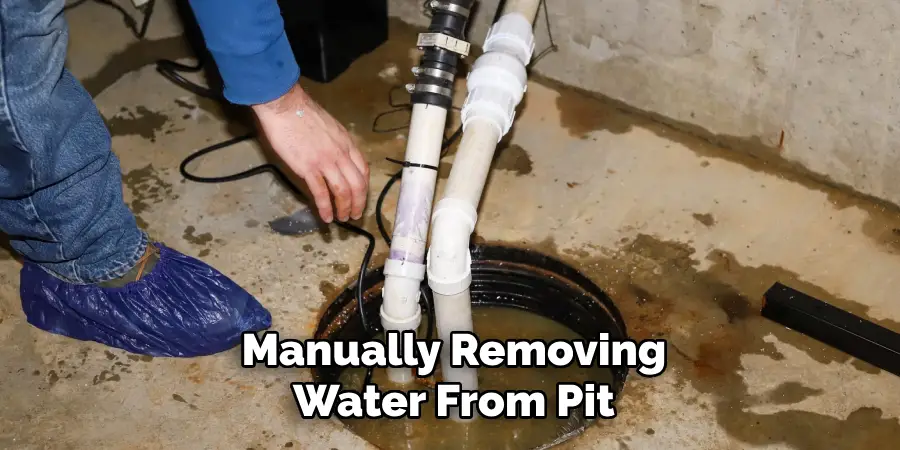
Method 1: Using a Bucket and Container
How to Do It: Begin by selecting a sturdy bucket that can hold a decent volume of water. Manually scoop the water out of the sump pit using the bucket and then pour it into a container or directly drain it outside. This method is particularly effective for smaller amounts of accumulated water but can be labor-intensive.
Tips for Efficiency: To make the task more manageable, consider using a smaller bucket that is easier to lift and handle. Position the container or drain at a lower level than the sump pit to facilitate gravity drainage, which can help reduce the effort required to transport the water. This method, while simple, can be very effective and requires minimal tools.
Method 2: Using a Submersible Pump
How to Do It: If you have access to a backup battery-powered submersible pump or a portable pump, this can be a highly efficient method for removing water from the sump pit. Begin by setting up the pump according to the manufacturer’s instructions, ensuring it is securely positioned to prevent it from tipping or becoming dislodged in the water.
Why It Works: A submersible pump is designed to operate underwater and can efficiently remove large volumes of water without needing a direct electrical supply. Depending on the model, these pumps can be powered by batteries or generators, making them an effective solution during power outages. Before using the pump, always check that it is in good working condition to avoid any complications during operation.
Method 3: Using a Manual Hand Pump
How to Do It: Installing a manual hand pump in the sump pit can provide a reliable method for water removal. Once installed, operate the pump by hand to draw water out of the pit and direct it either to a drainage area or a suitable container.
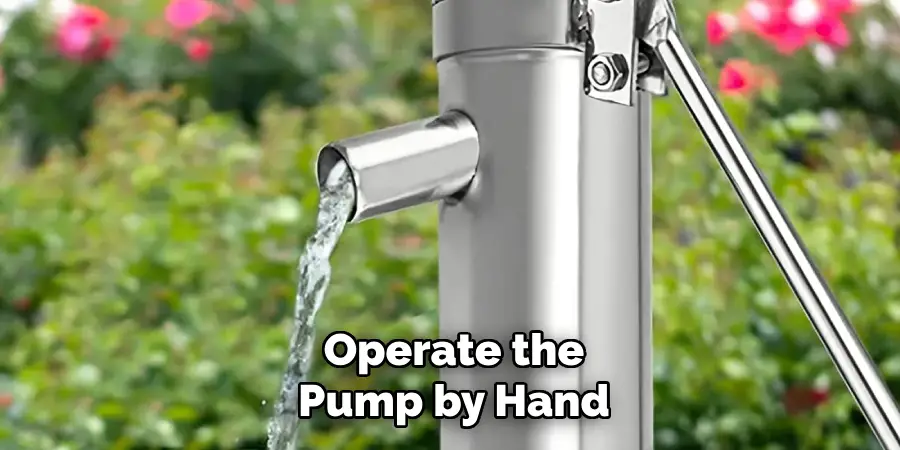
Why It Works: Manual hand pumps are engineered to function without electricity, making them a dependable choice for emergencies when power is lost. Although this method requires physical effort, it allows for continuous pumping as needed, ensuring you can handle larger volumes of water effectively. When selecting a hand pump, look for one that is easy to operate and designed specifically for your sump system’s conditions. Regular pump maintenance will also guarantee its availability when you need it most.
Alternative Solutions for Power Outages
When faced with power outages, having alternative solutions for your sump pump can make all the difference in preventing flooding. Two effective methods are utilizing a battery backup system and employing a generator.
Using a Battery Backup System
How to Set Up: Consider installing a battery backup system for your sump pump to ensure it remains functional even during power outages. This system typically includes a dedicated battery and a charger, allowing it to kick in automatically when the main power supply falters. Regular battery maintenance and charging are essential for optimum performance and durability.
Why It Works: A battery backup allows the sump pump to continue operating without interruption, even when the main power supply is unavailable. This gives homeowners peace of mind, knowing that their sump pump can manage unexpected surges of water regardless of electrical conditions.
Utilizing a Generator
How to Use: Connecting a portable generator to your sump pump during a power outage is another option. Be sure to follow safety guidelines when operating the generator, such as placing it in a well-ventilated area to prevent carbon monoxide buildup and ensuring all connections are secure and waterproof.
Why It Works: A generator provides temporary power to the sump pump, allowing it to function normally until electricity is restored. This method can help manage significant water accumulation efficiently, safeguarding your property from water damage.
Preventing Future Issues
Taking proactive measures to prevent water buildup and potential flooding is key to maintaining a functional sump pump system. Homeowners can significantly reduce the risk of unexpected failures by adopting regular maintenance practices and investing in backup power solutions.
Regular Maintenance
How to Maintain: Regularly inspect your sump pump and its components for debris and wear. Cleaning the sump pit and ensuring the pump discharge line is clear will contribute to optimal performance. It’s also important to test the backup power systems at least once every few months, replacing batteries or components that show signs of wear.
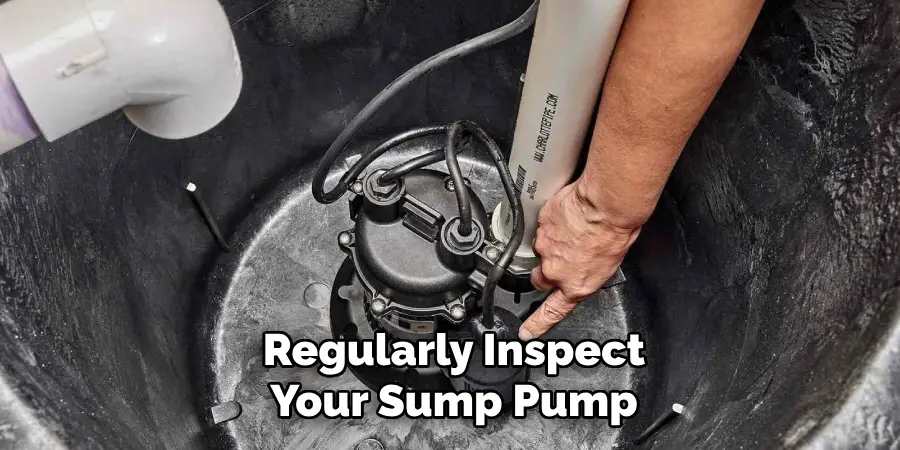
Why It’s Important: Consistent maintenance not only prevents failures during critical times but also ensures your sump pump operates efficiently and is ready to handle excess water when needed.
Install a Backup Power System
How to Install: Invest in a reliable battery backup system or a generator to maintain the operation of your sump pump during power outages. Install the system according to the manufacturer’s guidelines, and ensure that all connections are secure and waterproof.
Why It’s Important: A backup power system offers peace of mind, as it guarantees that your sump pump can effectively manage water removal even when the main power source is unavailable. By preparing for potential power interruptions, you protect your home from flooding and water damage.
When to Call a Professional
Persistent Issues with Pump
What to Do: If the sump pump continues to malfunction or shows signs of inefficiency in removing water, it may be time to consult a professional. Experts can conduct a thorough inspection to identify underlying issues, offer repair services, or recommend a replacement if needed. Ignoring persistent problems can lead to severe water damage, so prompt professional assistance is essential to safeguard your property.
Complex Drainage Needs
What to Do: In cases of extensive flooding or if you notice the sump pump struggling with malfunctioning equipment, it’s crucial to seek help from a plumber or drainage specialist. These professionals possess the knowledge and tools necessary to handle complicated drainage systems, ensuring that the root cause of the problem is addressed effectively. By engaging experts, you can ensure that your home is protected from future water-related issues.
Frequently Asked Questions (FAQs)
1. How Often Should I Perform Maintenance on My Sump Pump?
It is recommended to conduct maintenance on your sump pump at least once every three months. This includes cleaning the sump pit, checking for debris, ensuring the discharge line is clear, and testing backup power systems. Regular maintenance helps to ensure reliable operation and prevent unexpected failures.
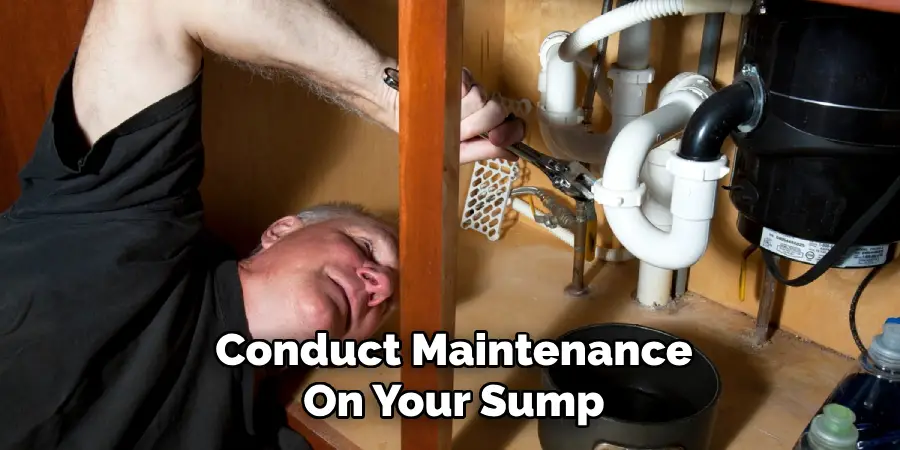
2. Can I Install a Battery Backup System Myself?
Yes, many homeowners can install a battery backup system by following the manufacturer’s guidelines. However, if you are unsure or uncomfortable with electrical work, it is advisable to consult a professional to ensure safe and correct installation.
3. What Are the Signs that My Sump Pump Needs to Be Replaced?
Common signs that your sump pump may need replacement include unusual noises, frequent cycling on and off, visible rust or corrosion, and an inability to keep up with water accumulation. If you notice any of these issues, it’s best to consult a professional for a thorough evaluation.
Conclusion
In summary, several effective methods exist for draining a sump pump without electricity, including manual hand pumps, battery backup systems, and generators. Each method provides a reliable means to manage water accumulation during power outages, ensuring that your property remains protected from flooding. It’s essential to be prepared with a solid plan for power interruptions, as this preparation will allow you to address water removal without any hitches.
We encourage homeowners to take proactive steps to maintain their sump pumps and consider investing in backup power options. Understanding how to drain sump pump without electricity can significantly safeguard your home from unexpected water damage and provide peace of mind when faced with power outages. Ensuring your sump pump is well-equipped and regularly maintained is crucial for effective water management.

